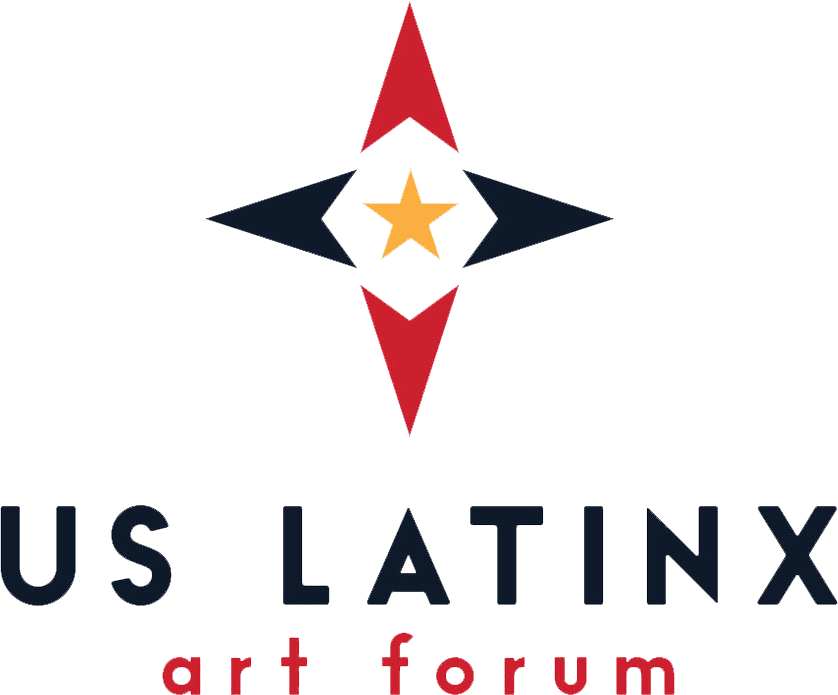
Latinx Artist Fellowship
Gadiel Rivera Herrera
Visual Artist
San Juan, Puerto Rico

Navigating between ceramic, sculpture, drawing, and collage, my practice is nurtured by a range of mediums, each one contributing different attributes to my work. While researching particular topics, I am simultaneously experimenting with materials which inform my conceptual work. Ceramics is the medium I use the most for my sculptures. Its versatility gives me the opportunity to integrate other techniques. Regardless of the medium used, textures are recurring elements in my artwork. Like a trace, a register, and a marker, texture invites the viewer to an experience beyond the visual and into the memory of the tactile.
My work draws from ancestral experiences, which stems from a detailed observation of my environment. This practice has as its base materials and their relationships with the environment, stewarded by Afro-Caribbean spirituality. Drawing from the wisdom and knowledge of the natural world, my work focuses on finding points of resonance with plants, marine life, and animals as connectors between the spiritual and physical world which work as communicators of past and present in the absence of historical records or testimony. I am interested in how the supernatural bears and has borne witness to ancestral experiences.
Gadiel Rivera Herrera was born in 1963 in San Juan, Puerto Rico. He started his studies in Ceramics and Sculpture at the Universidad Interamericana Puerto Rico, San Germán Campus (1988) and obtained a B.A. in Sculpture from Escuela de Artes Plásticas in San Juan (1991). Rivera Herrera was part of the groundbreaking exhibition “Paréntesis: Ocho artistas negros contemporáneos” at Museo del Arsenal de la Puntilla (1996). He was the first recipient of an art residency at Museo de Arte de Puerto Rico (MAPR) sponsored by the Darryl Chappell Foundation (2022). His residency project, “Mar adentro, historias profundas (In Sea, Deep Histories),” culminated in a solo exhibition on view at MAPR (2023).
Recently, his artwork has been featured in exhibitions such as “Puerto Rico Negrx (Black Puerto Rico)” at Museo de Arte Contemporáneo de Puerto Rico (2023), and “El Arte como re-existencia: lo Afropuertorriqueño (Art as re-existence: the Afro Puerto Rican)” at two University of Puerto Rico museums, the Museo de Historia Antropología y Arte, Rio Piedras Campus (2023-2024) and the Museo de Arte, Mayagüez Campus (2023). Juried exhibitions featuring his work include “Small Favors” at The Clay Studio, Philadelphia, Pennsylvania (2023) and “Alto, ancho, fondo,” at Museo de Arte Francisco Oller (2023-2024). Rivera Herrera was commissioned by theartwalk and ArteYUNQUE for the Ensayos de la Naturaleza project 2024-2025 cohort, and his work will be installed at El Yunque National Forest Science and Conservation Trail, reflecting his interest to explore the intersections of nature, culture and ancestral heritage.



